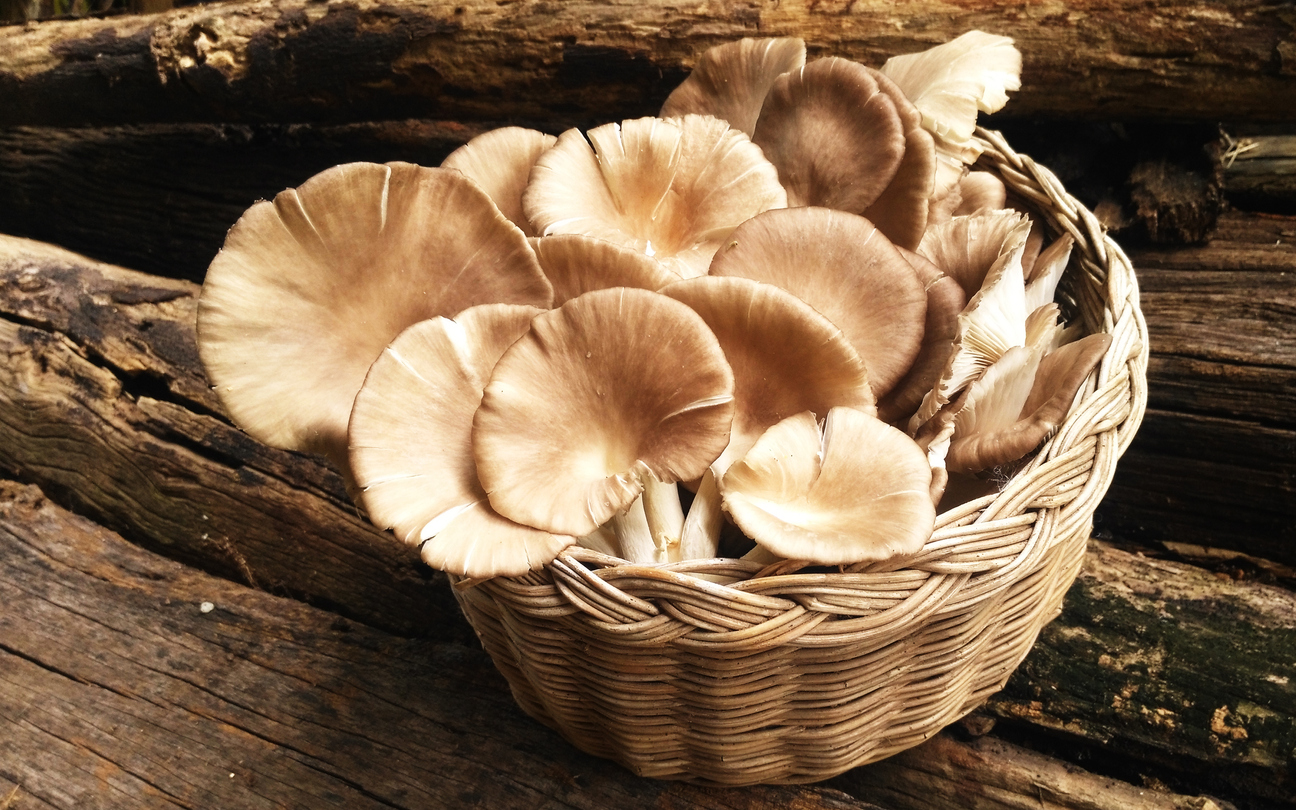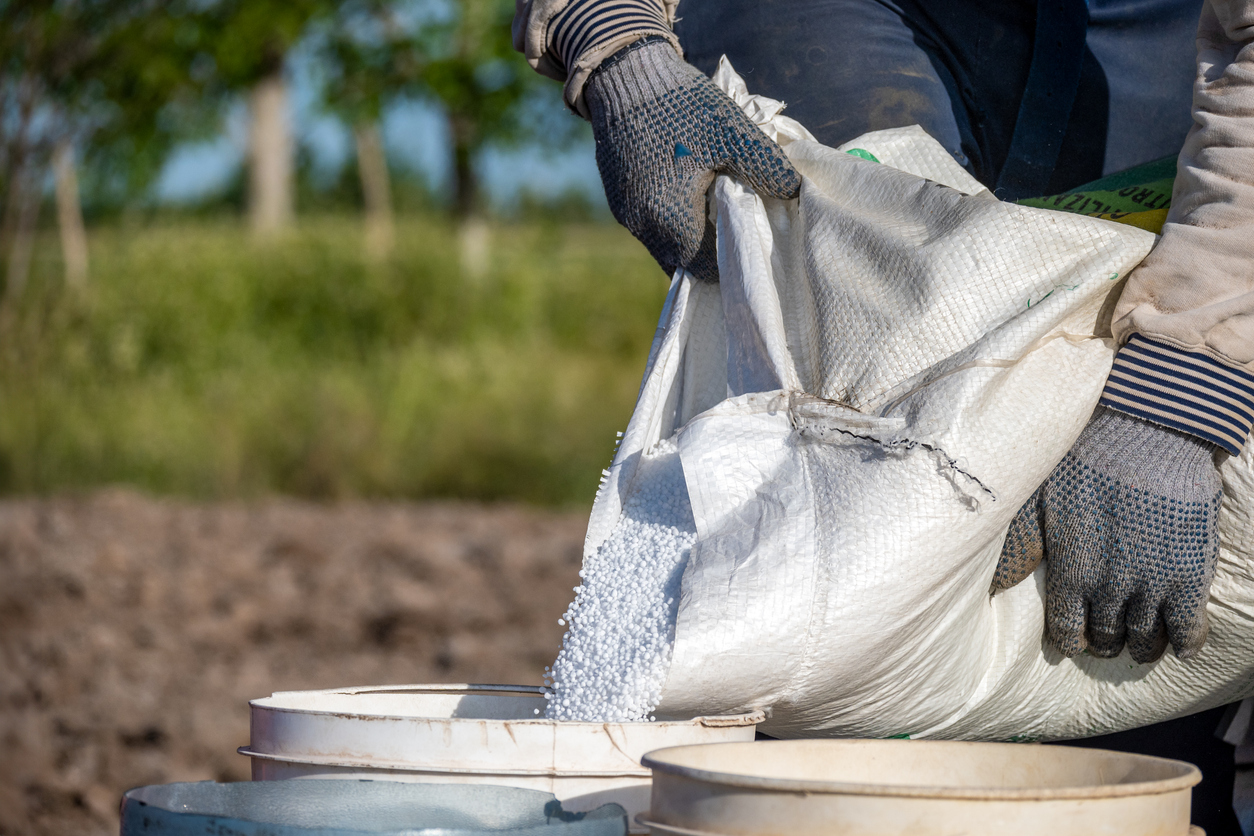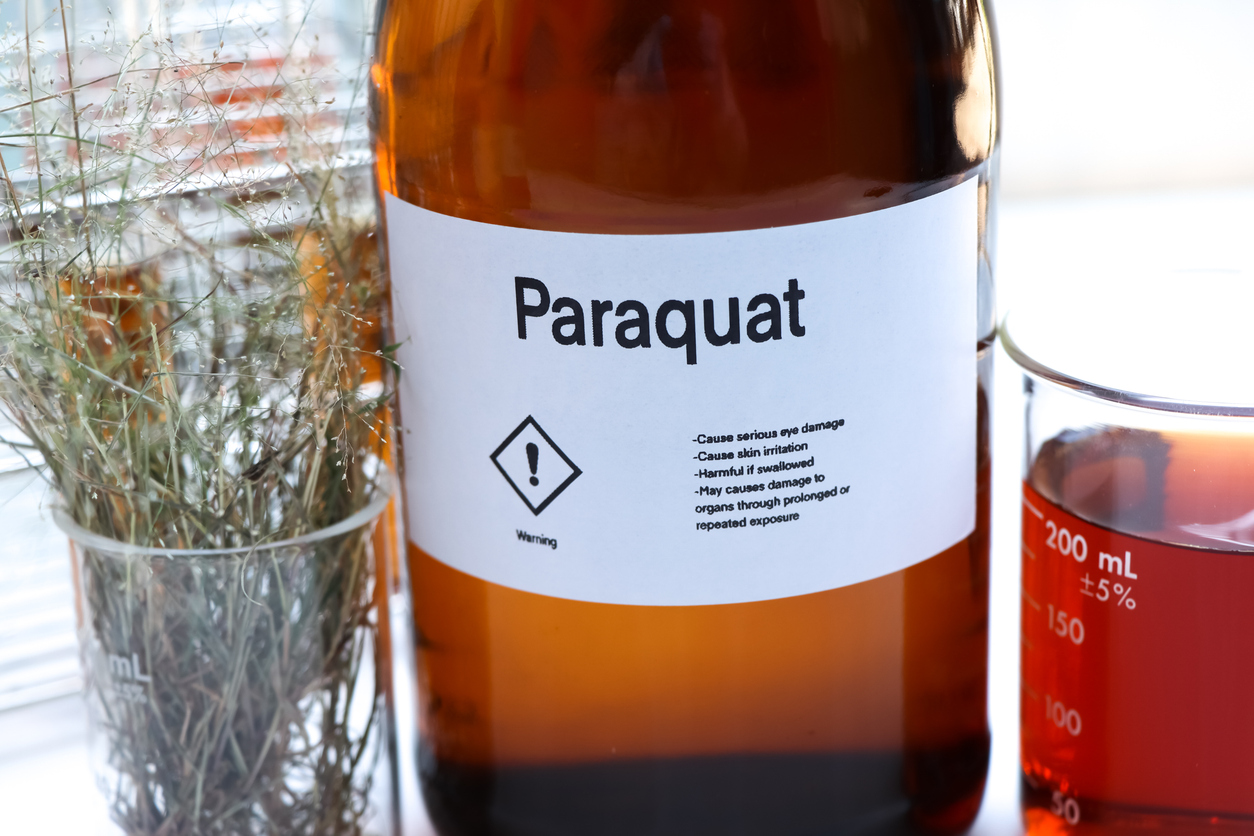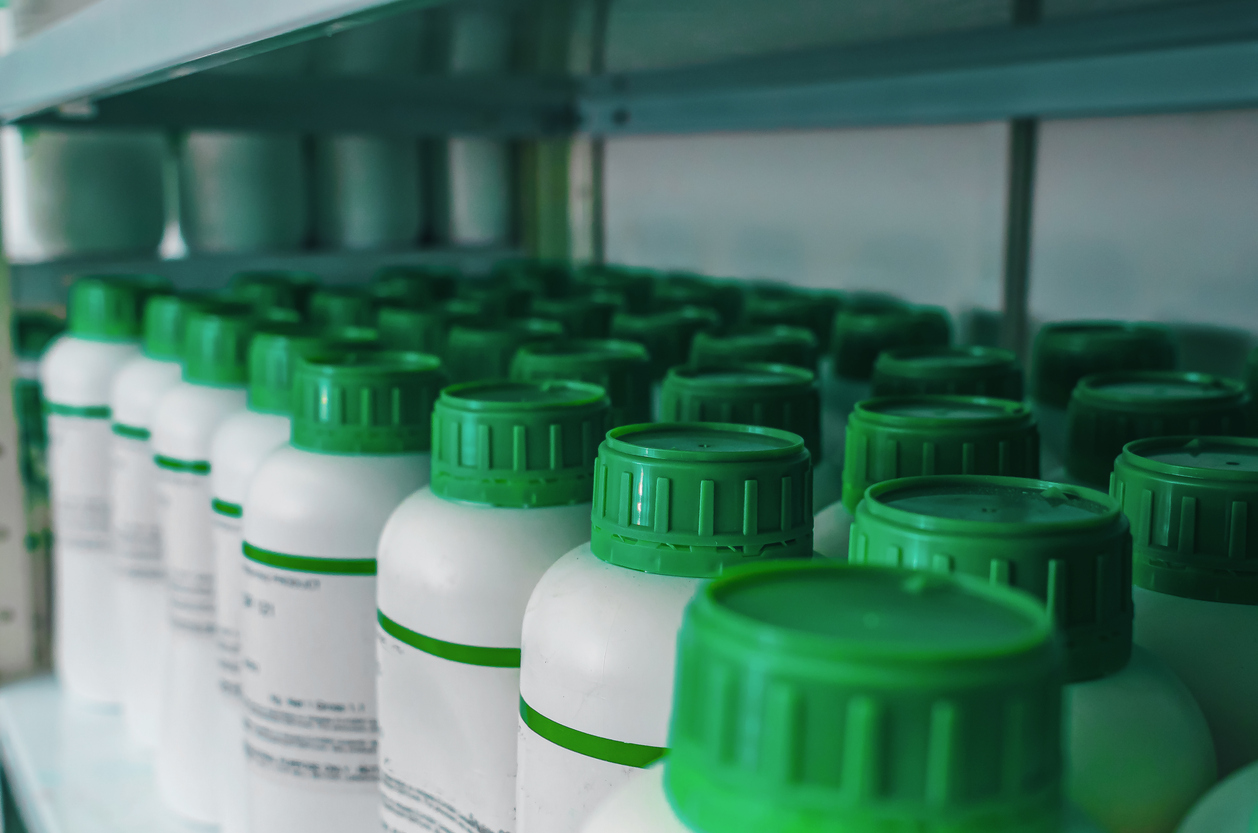The Economics Behind Oyster Mushroom Wholesale Pricing: What You Need to Know
The Economics Behind Oyster Mushroom Wholesale Pricing: What You Need to Know
Are you a budding entrepreneur looking to dive into the world of mushroom cultivation? Or perhaps a curious foodie interested in understanding the economics behind oyster mushroom wholesale pricing? Well, look no further! In this blog post, we’ll be unraveling the fascinating dynamics that determine how these delectable fungi are priced on the market. From production costs and supply and demand factors to market trends and competitive analysis – get ready to delve into the captivating world of oyster mushroom economics. So, let’s dig in and discover what truly drives their value!
Introduction to Oyster Mushroom Farming and Wholesale Pricing
Introduction to Oyster Mushroom Farming and Wholesale Pricing
Oyster mushrooms, scientifically known as Pleurotus ostreatus, are one of the most popular types of edible mushrooms in the world. They have a distinct flavor and texture that make them a favorite among chefs and home cooks alike. Oyster mushrooms are also highly sought after for their nutritional value, as they are low in calories and high in protein, vitamins, minerals, and antioxidants.
With the increasing demand for oyster mushrooms, many farmers have turned to commercial cultivation methods to meet the market’s needs. Oyster mushroom farming has become a profitable business venture due to its relatively simple cultivation process and high yield potential. In this section, we will provide an introduction to oyster mushroom farming and explore how wholesale pricing plays a crucial role in this industry.
Overview of Oyster Mushroom Farming
Oyster mushrooms grow on decaying organic matter such as tree stumps or straw piles. Traditionally, they were cultivated on logs or straw beds outdoors; however, modern techniques have made it possible to grow them indoors on sterilized substrates such as sawdust or agricultural waste products like rice hulls or coffee grounds.
The first step in oyster mushroom farming is acquiring good quality spawn (mycelium) from reputable suppliers. The spawn is then inoculated into the substrate using sterile techniques to prevent contamination by other microorganisms.
Factors that Affect Oyster Mushroom Wholesale Prices
When it comes to buying oyster mushrooms, understanding the factors that affect wholesale prices is crucial for both mushroom growers and buyers. Oyster mushroom wholesale prices can fluctuate significantly depending on various economic and environmental factors, ultimately influencing the profitability of mushroom farming businesses.
1. Supply and Demand
Supply and demand are fundamental economic principles that heavily influence oyster mushroom wholesale prices. When there is a high demand for oyster mushrooms but low supply, prices will increase due to scarcity. On the other hand, when there is an oversupply of oyster mushrooms in the market, prices are likely to decrease as suppliers compete to sell their products.
2. Seasonality
Oyster mushrooms are highly seasonal crops, with their peak season typically occurring during late fall and winter months. During this period, when there is an abundant supply of fresh oyster mushrooms in the market, wholesale prices may decrease due to competition among growers. However, during off-peak seasons when supply is limited, wholesale prices can increase due to higher production costs and lower yields.
3. Production Costs
The cost of producing oyster mushrooms plays a significant role in determining their wholesale price. Different inputs such as substrate materials, labor costs, energy expenses (for heating or cooling), packaging materials all contribute to the overall production costs of oyster mushrooms. If these costs increase significantly, it can lead to higher wholesale prices for consumers.
– Supply and Demand
Supply and demand is a fundamental concept in economics that plays a crucial role in determining the wholesale pricing of oyster mushrooms. Understanding the dynamics of supply and demand can help mushroom growers, buyers, and sellers make informed decisions about their business strategies.
The supply of oyster mushrooms refers to the quantity of mushrooms available for sale at a given price. This is influenced by various factors such as weather conditions, growing techniques, and availability of resources. Oyster mushrooms are typically grown in controlled indoor environments, making them less susceptible to weather fluctuations compared to other crops. However, unexpected events like power outages or equipment failures can still affect supply.
On the other hand, demand refers to the desire or need for oyster mushrooms at a particular price point. Several factors influence the demand for oyster mushrooms, including consumer preferences, dietary trends and health benefits associated with these fungi. In recent years, there has been a surge in demand for healthy and plant-based food options which has positively impacted the demand for oyster mushrooms.
When supply is equal to demand at a certain price point, it is referred to as equilibrium. This means that both buyers and sellers are satisfied with the market conditions. However, any changes in either supply or demand can disrupt this equilibrium and result in shifts in pricing.
– Seasonal Availability
Seasonal availability is a crucial factor in understanding the economics behind oyster mushroom wholesale pricing. As with many other agricultural crops, oyster mushrooms are subject to seasonal fluctuations in production and supply, which can greatly impact their wholesale prices.
The growing season for oyster mushrooms typically begins in late summer or early fall and continues through late spring or early summer. During this time, the weather conditions are optimal for mushroom growth and there is an abundance of fresh produce available.
However, during the winter months, mushroom production decreases due to colder temperatures and reduced daylight hours. This results in a decrease in supply, which can drive up wholesale prices as demand remains steady.
In addition to natural factors such as weather conditions, market demand also plays a significant role in seasonal availability. Oyster mushrooms have gained popularity among consumers due to their unique flavor profile and nutritional benefits. As a result, there is a consistent demand for them throughout the year.
During peak seasons when supply is high and demand is strong, prices tend to be lower as producers compete for market share. On the other hand, during off-peak seasons when supply is limited and demand remains stable or increases, prices tend to rise as producers try to maximize profits from their limited stock.
Another important aspect of seasonal availability is the impact of holidays on wholesale pricing. With Thanksgiving and Christmas being popular times for cooking with mushrooms, there is often an increase in demand during these periods.
– Labor Costs
Labor costs are a significant factor to consider when determining the wholesale pricing of oyster mushrooms. These costs, which include wages, benefits, and taxes paid to employees involved in the cultivation and harvesting process, can greatly impact the overall profitability of oyster mushroom production.
One of the main factors that contribute to labor costs is the labor-intensive nature of oyster mushroom cultivation. Unlike other crops that can be grown using machinery or automation, oyster mushrooms require hand-picking and careful handling throughout their growth cycle. From preparing substrate bags to harvesting and packaging the mushrooms, these tasks require manual labor that cannot be replaced by machines.
In addition to physical labor, there is also a need for skilled workers who have extensive knowledge and experience in mushroom cultivation. These individuals are crucial in ensuring high-quality yields and minimizing losses due to diseases or pests. As such, their salaries may also add up significantly to the overall labor costs.
The location of your farm can also affect your labor costs. If you are located in an area with a higher cost of living or where agricultural workers are in high demand, you may need to pay higher wages to attract and retain skilled workers. It is essential to conduct thorough research on average wages in your region before setting wholesale prices for your oyster mushrooms.
Another aspect that contributes to labor costs is compliance with labor laws and regulations. Oyster mushroom farmers must comply with laws related to minimum wage requirements, working hours, overtime pay, and employee benefits such as social security contributions and health insurance.
– Transportation Costs
Transportation costs are a significant factor in the wholesale pricing of oyster mushrooms. As these delicate fungi have a short shelf life, it is crucial to transport them quickly and efficiently from the farm to the market. This process incurs various expenses that ultimately affect the overall cost of oyster mushrooms.
The first and most obvious transportation cost is fuel. Whether by land, air, or sea, transporting goods requires energy, which translates into expenses for fuel. With rising fuel prices, this can significantly impact the final price of oyster mushrooms.
Another essential factor in transportation costs is distance. The farther away the market is from the mushroom farm, the higher the transportation costs will be. This is especially true for air freight as it is more expensive than land or sea transport.
Moreover, transportation costs also include handling fees at various checkpoints such as airports or ports. These fees cover services such as loading and unloading cargo, customs clearance, and storage facilities. All these add up to increase the total cost of transporting oyster mushrooms.
In addition to these direct costs, there are also indirect expenses involved in transportation. For instance, packaging materials must be used to ensure that oyster mushrooms reach their destination fresh and intact. These materials can include insulated boxes or specialized containers with temperature control features that help maintain optimal conditions during transit.
– Quality of Product
The quality of a product is one of the most important factors to consider when determining wholesale prices for oyster mushrooms. As with any other agricultural product, the quality of oyster mushrooms can vary greatly depending on various factors such as growing conditions, harvesting techniques, and post-harvest handling.
One of the key determinants of quality in oyster mushrooms is their appearance. This includes characteristics such as size, color, and shape. In general, larger and more uniform mushrooms are considered to be of higher quality and can command a higher price in the wholesale market. This is because they have a visually appealing appearance that is desired by consumers.
Another crucial aspect of quality in oyster mushrooms is their texture. Mushrooms that are firm and have a smooth surface are often preferred over those that are soft or wrinkled. A good way to test for texture is by gently squeezing the mushroom between your fingers – it should feel slightly firm but not too hard.
Aside from appearance and texture, taste also plays a significant role in determining the quality of oyster mushrooms. The flavor profile of these fungi can vary depending on the species, growing conditions, and even soil composition. However, high-quality oyster mushrooms should have a mild but distinct umami flavor that makes them stand out from other types of mushrooms.
Understanding the Market for Oyster Mushrooms
Understanding the Market for Oyster Mushrooms
Oyster mushrooms have gained popularity in recent years due to their unique flavor, nutritional value, and versatility in cooking. As a result, there has been a significant increase in demand for oyster mushrooms, both domestically and internationally. In order to understand the economics behind wholesale pricing of oyster mushrooms, it is crucial to first understand the market for these fungi.
Market Demand
The demand for oyster mushrooms can be broadly divided into two categories: domestic and international markets. The domestic demand is primarily driven by consumer preferences for healthier and more sustainable food options. With increasing awareness about the health benefits of oyster mushrooms such as high protein content, low calories, and anti-inflammatory properties, more consumers are opting for them over traditional vegetables.
In addition to this, there has been a rise in vegetarian and vegan diets worldwide which has further contributed to the demand for oyster mushrooms. Moreover, with an increase in disposable income among consumers, there is a growing trend towards gourmet food products including exotic varieties of mushrooms like oysters.
On the other hand, the international market for oyster mushrooms is largely driven by exports from developing countries such as China, India, and Vietnam. These countries have a comparative advantage in producing large quantities of oyster mushrooms at lower costs due to factors like favorable climate conditions and cheaper labor.
– Who Buys Oyster Mushrooms in Bulk?
When it comes to buying oyster mushrooms in bulk, there are certain types of consumers who tend to be the primary purchasers. Understanding who these consumers are and why they buy in bulk can help mushroom growers determine their target market and set appropriate wholesale pricing. In this section, we will delve into the different types of buyers that typically purchase oyster mushrooms in bulk.
1. Restaurants and Catering Companies
Restaurants and catering companies are one of the largest consumers of oyster mushrooms in bulk. These businesses often use large quantities of fresh produce for their dishes and menus, making them ideal customers for wholesale mushroom purchases. Oyster mushrooms are a popular ingredient in many cuisines around the world, including Asian, Mediterranean, and even American fusion dishes. As such, restaurants and catering companies consistently need a steady supply of fresh oyster mushrooms to meet their demand.
2. Distributors and Retailers
Distributors and retailers also make up a significant portion of bulk oyster mushroom buyers. These businesses act as intermediaries between mushroom growers or producers and end consumers such as grocery stores or farmers’ markets. They purchase large quantities of oyster mushrooms from growers at wholesale prices before selling them to other businesses or directly to customers at retail prices. This allows them to earn a profit on each sale while providing convenience for both producers and end-consumers.
– What Influences Their Purchasing Decisions?
When it comes to purchasing decisions, there are a multitude of factors that can influence a buyer’s choice. This is especially true for wholesale pricing of oyster mushrooms, as the economics behind it can be complex and highly dependent on various external factors. In this section, we will delve into some key influences that can affect the purchasing decisions of buyers in the oyster mushroom market.
1. Supply and Demand
One of the most significant influencers of purchasing decisions is the basic principle of supply and demand. When there is high demand for oyster mushrooms but limited supply, prices tend to increase due to scarcity. On the other hand, when there is an abundance of supply but low demand, prices may decrease as sellers try to move their products off the shelves.
Factors such as weather conditions, seasonality, and even global events can impact both the supply and demand for oyster mushrooms. For example, adverse weather conditions like heavy rainfall or droughts can significantly reduce crop yields, leading to a decrease in supply and an increase in prices. Similarly, consumer trends or health fads that promote healthy eating habits may create a surge in demand for oyster mushrooms.
2. Production Costs
The cost involved in producing oyster mushrooms also plays a crucial role in determining wholesale pricing. These costs include labor expenses, raw materials like substrate and spawn (the material used to grow mushrooms), overhead costs such as electricity and water usage, packaging materials, transportation costs, among others.
Tips for Setting Competitive Wholesale Prices for Your Oyster Mushrooms
Setting competitive wholesale prices for your oyster mushrooms can be a daunting task, especially in a market that is constantly evolving. However, with the right strategies and techniques, you can ensure that your pricing strategy is effective and profitable. Here are some tips to help you set competitive wholesale prices for your oyster mushrooms:
1. Know Your Costs: Before setting any prices, it is crucial to have a thorough understanding of all the costs involved in producing your oyster mushrooms. This includes not just the cost of cultivation, but also packaging materials, transportation expenses, labor costs, and any other overhead expenses. By having a clear idea of your costs, you can determine the minimum price at which you need to sell your mushrooms to make a profit.
2. Research Market Prices: It’s essential to know what other growers are charging for their oyster mushrooms in the market. This will give you an idea of the current trends and help you set competitive prices for your product. You can conduct market research by talking to other growers or attending industry events where mushroom producers gather.
3. Consider Your Target Market: The type of customers you are targeting will play a significant role in determining your wholesale prices. If you plan on selling to high-end restaurants or gourmet food stores, then you may be able to charge higher prices compared to selling directly to consumers at farmers’ markets or local grocery stores.








Comments are closed.